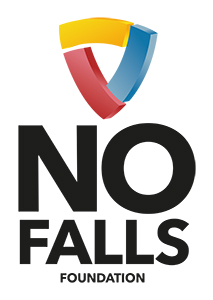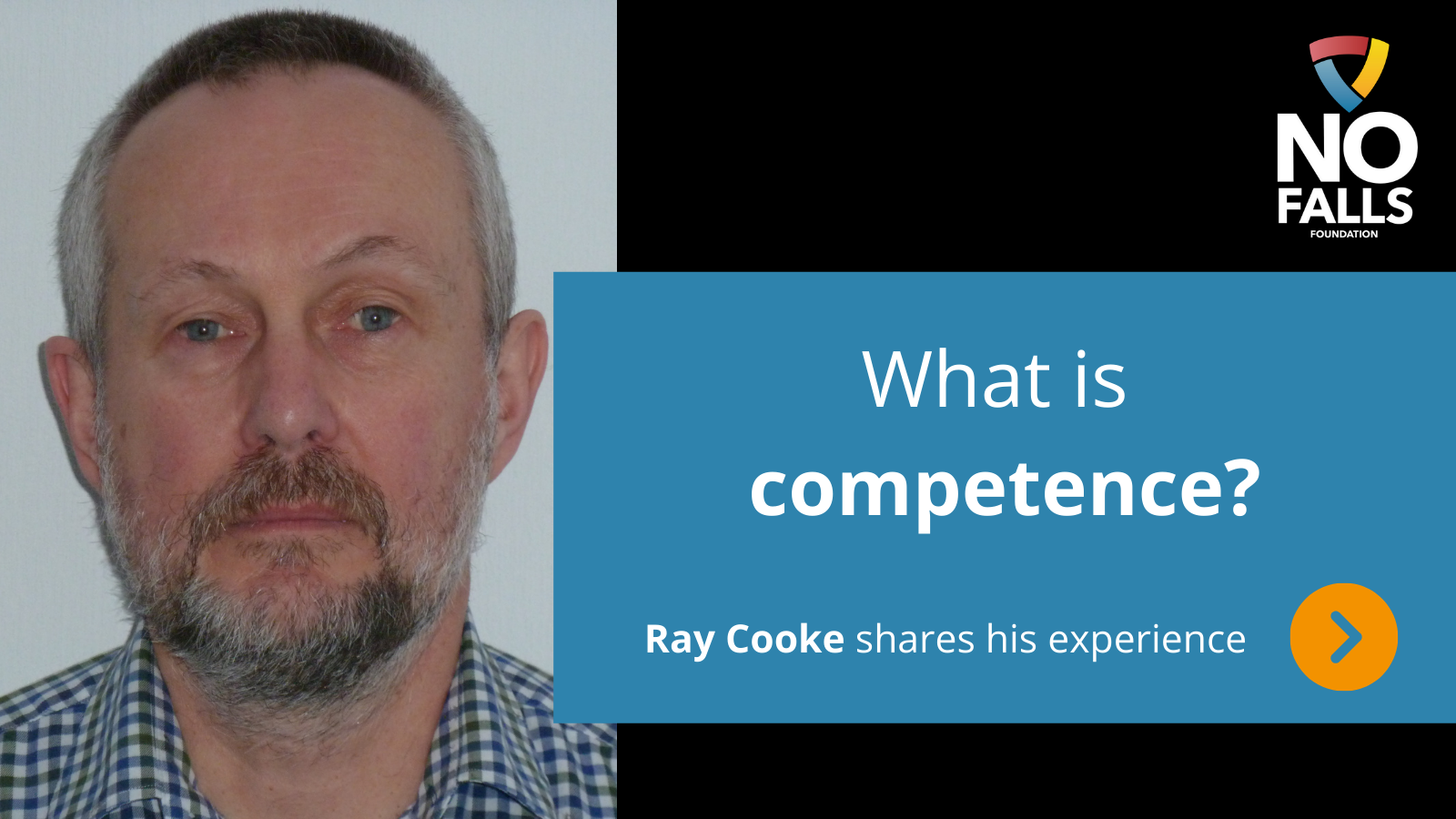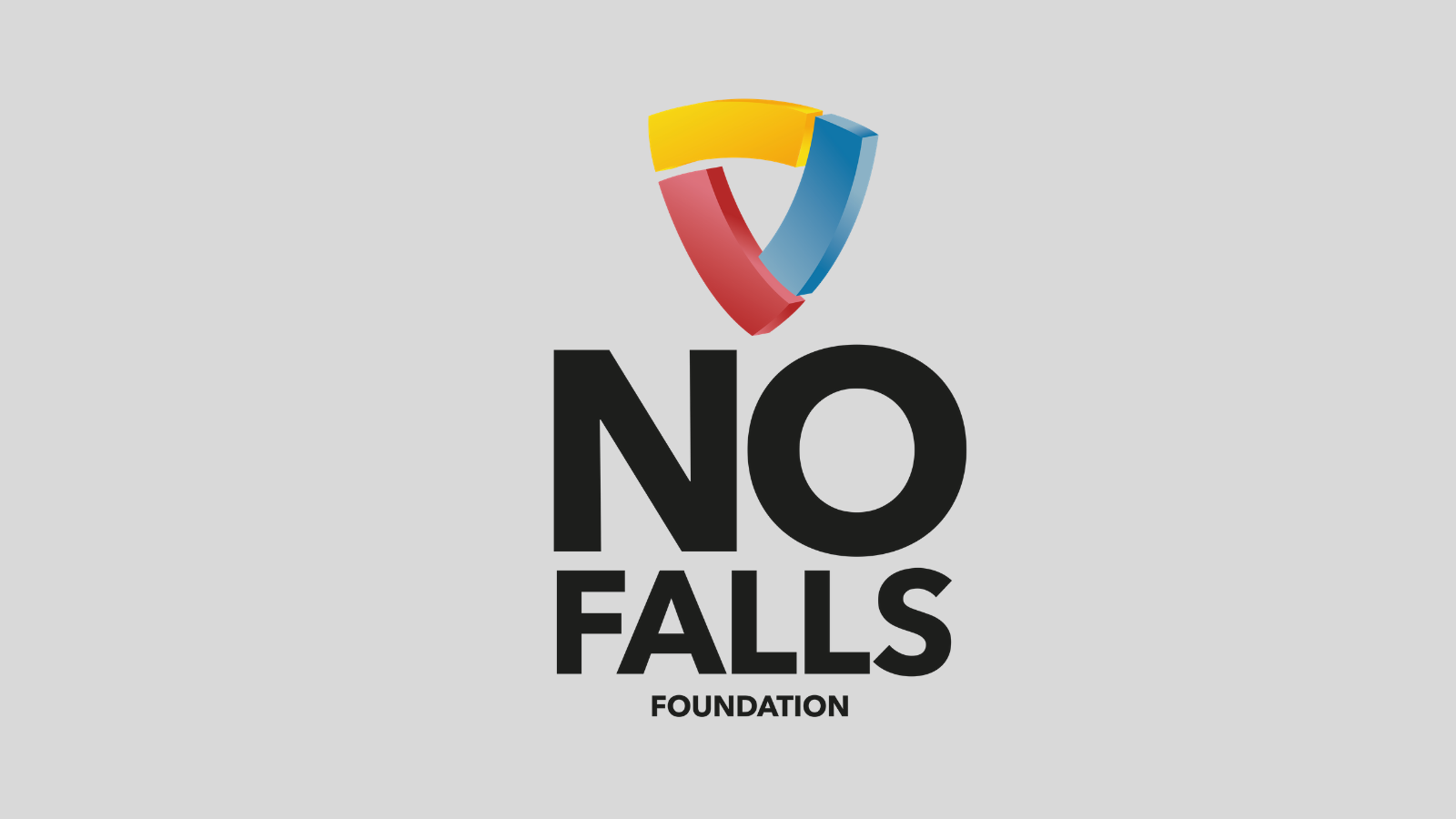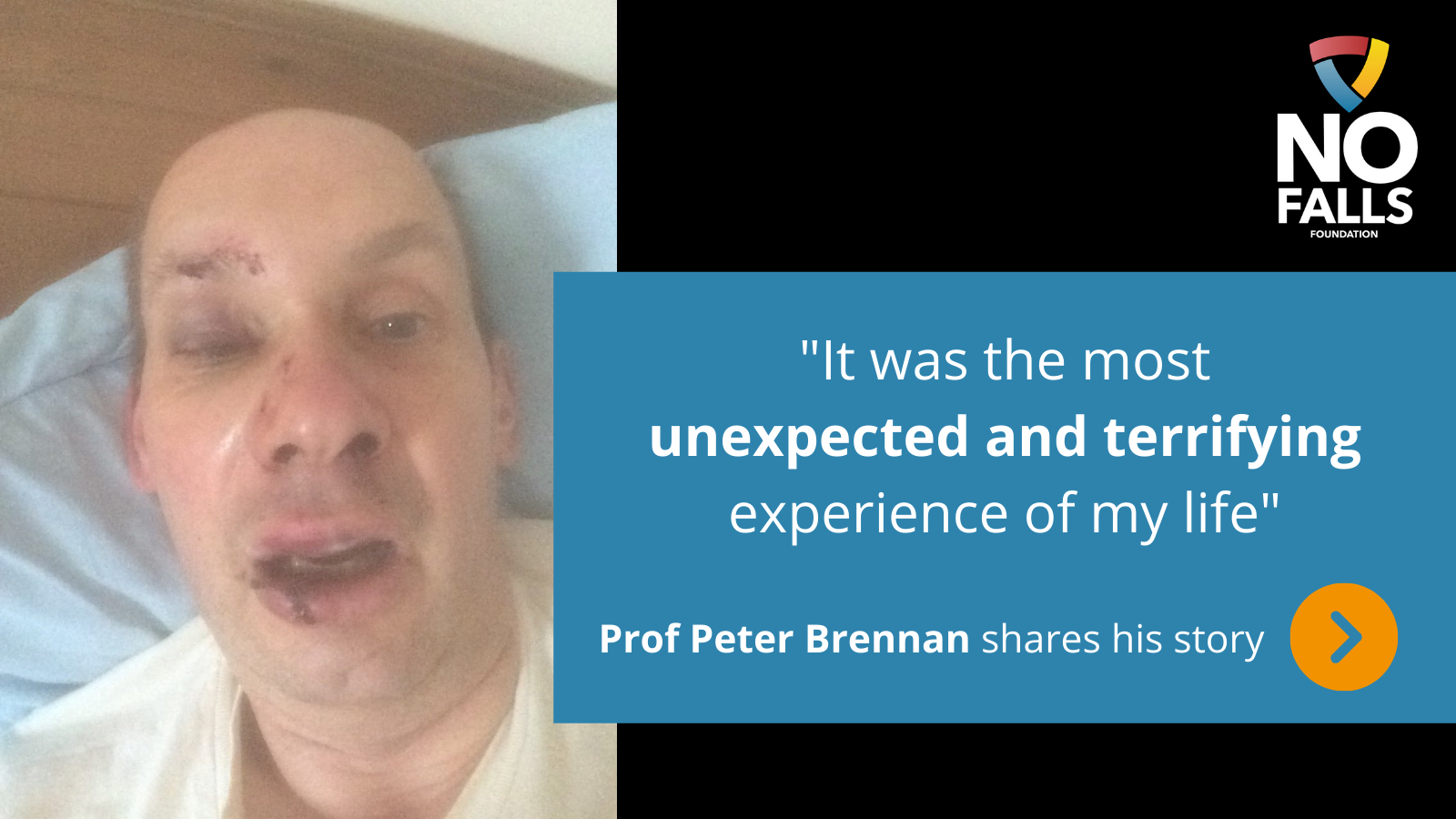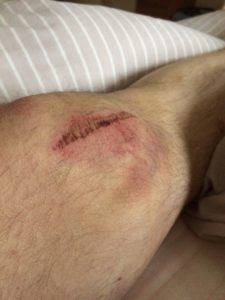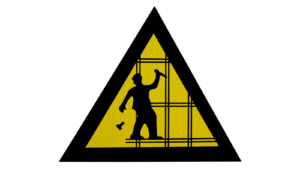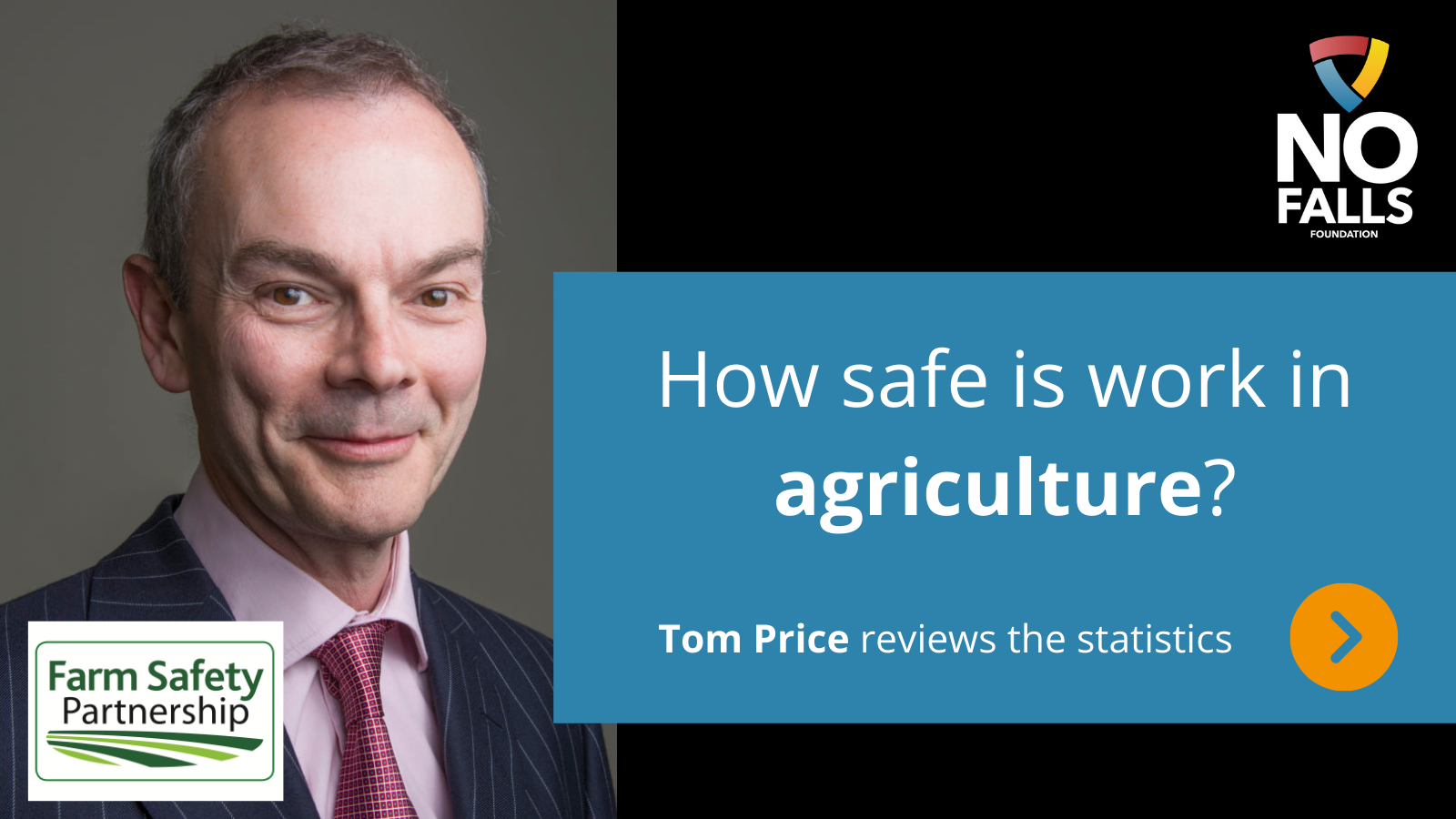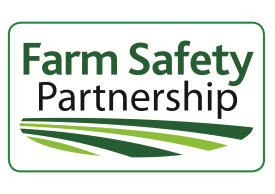Saving lives by stopping falls
Latest news

APPG report: July 2021 |
The No Falls Foundation was delighted to share our plans to develop, launch and promote a new industry charter championing safety and best practice when working at height with attendees at the July meeting of the All Party Parliamentary Group on Working at Height.
This article was written by the APPG’s secretariat, Connect.
At the July meeting of the All Party Parliamentary Group (APPG) on Working at Height, attendees were delighted to hear from the No Falls Foundation to learn more about the No Falls Charter.
The speakers were Peter Bennett OBE, Chair of the No Falls Foundation; Ray Cooke, Health and Safety Advisor and Hannah Williams, Charity Manager. Chaired by Glasgow Central MP, Alison Thewliss, the meeting received excellent attendance with over 80 participants from across the sector and Parliament.
The presentation focused on the key aims and objectives of the No Falls Charter and the importance of every organisation and individual reporting near misses. Near miss data can be used to proactively address safety issues not otherwise known and, if left unresolved, can and often does lead to a life-changing fall from height. The intention of the No Falls Charter is to set out best practise in relation to standards, regulations, policies and guidance, collecting and utilising expertise from a wide range of industry partners whose collaboration demonstrates a transparent commitment to improved height safety. The successful implementation of the No Falls Charter will strengthen the case to Government for improved safety regulations for workers who operate at height and the APPG encouraged industry partners to support it. Full minutes of the meeting will be available on the APPG’s website shortly.
The next meeting of the Group will be held in October, following the summer recess and party conference season. The focus of the meeting will be considering the power of technology to prevent serious injuries and fatalities while working at height and discuss ways that technology is already used to improve safety, but also at how we can encourage greater use of new technology for businesses of all sizes to go even further.
If you’d like to find out more or sign-up to the mailing list, please email appg@workingatheight.info.
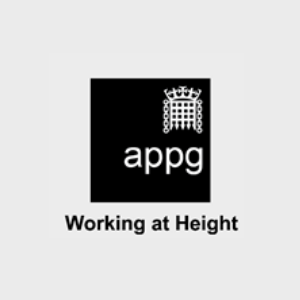
APPG on Working at Height
This article was written by Connect, the secretariat for the APPG on Working at Height's secretariat.
